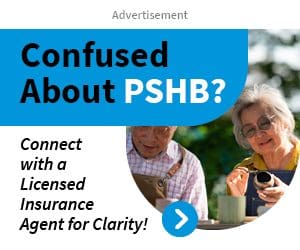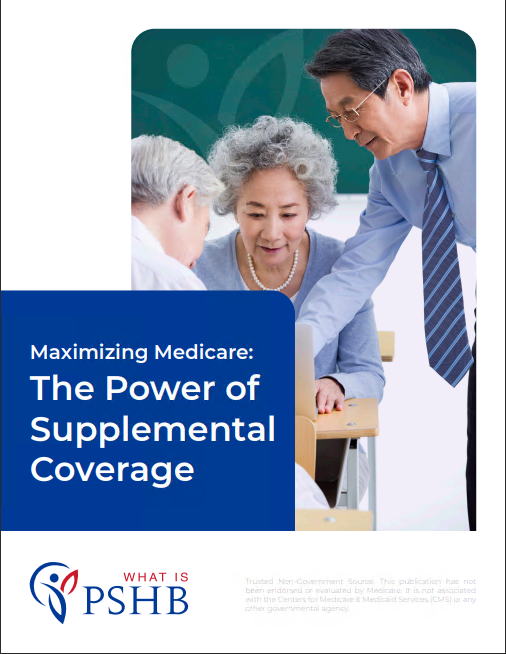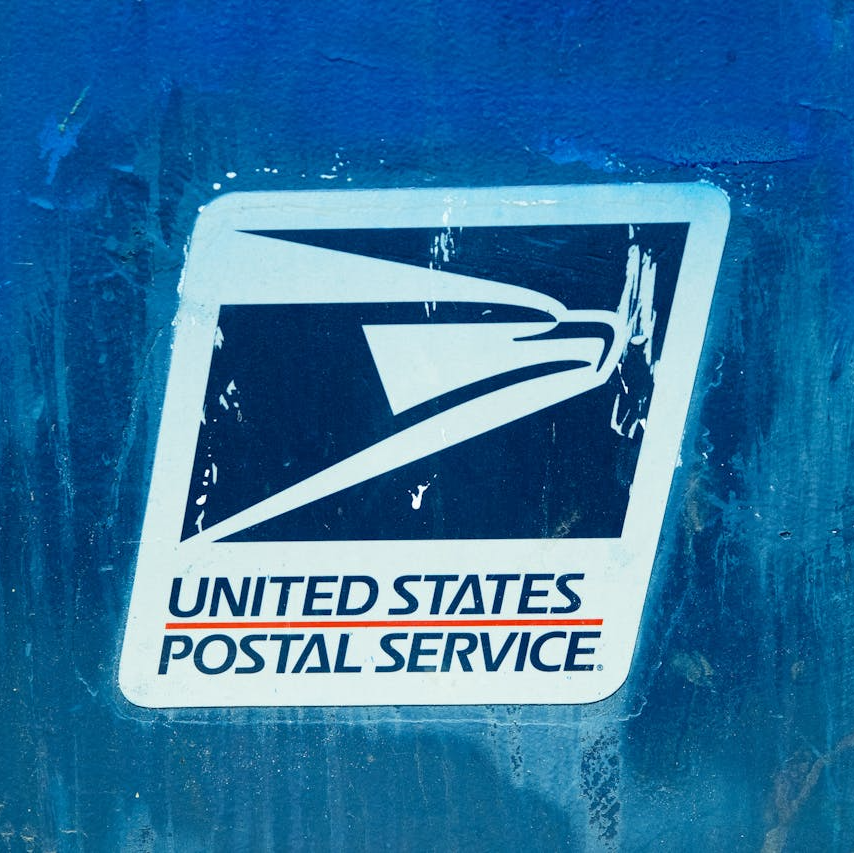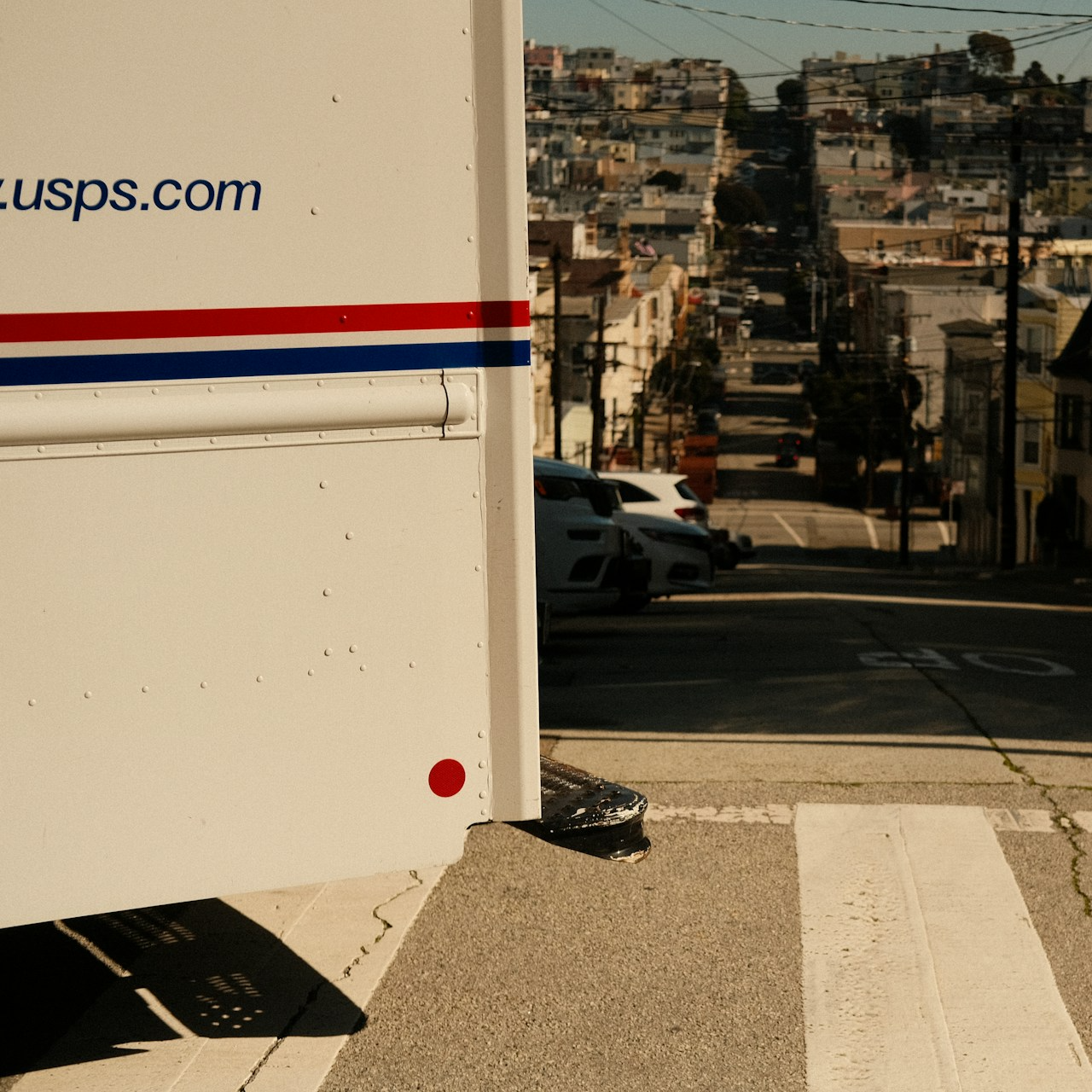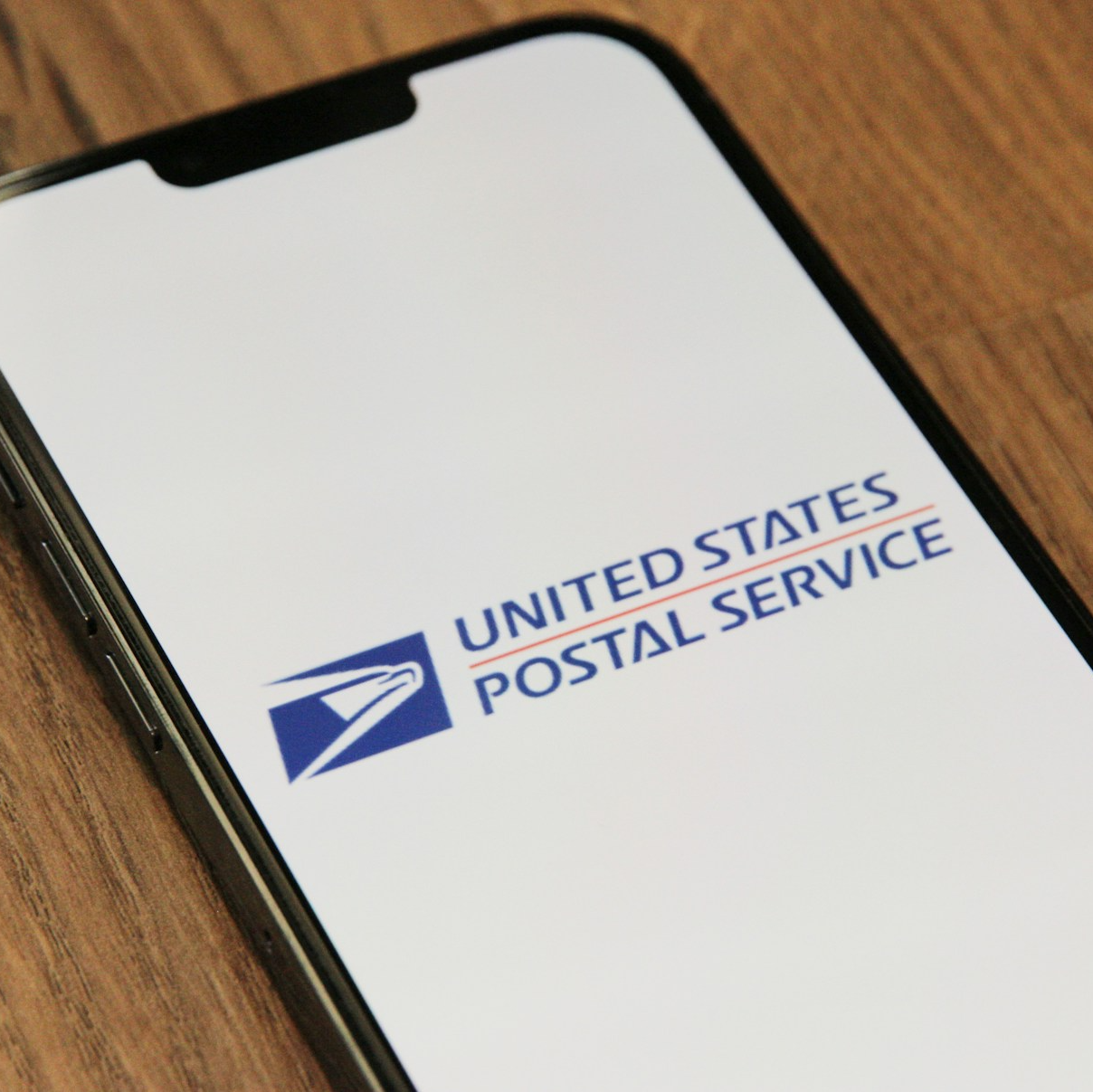Key Takeaways:
- USPS employees must review the Postal Service Health Benefits (PSHB) program changes in 2024 to ensure they receive the best coverage.
- It’s crucial to understand enrollment deadlines and available options to avoid any coverage gaps as new health benefits rules come into effect.
New Year, New Rules: What USPS Employees Need to Do About Their Health Benefits Now
As we enter 2024, U.S. Postal Service (USPS) employees are facing significant changes to their health benefits, particularly with the introduction of the Postal Service Health Benefits (PSHB) program. Whether you’re currently employed or retired from the USPS, understanding these changes is essential for maintaining optimal health coverage. Navigating through the PSHB program may feel daunting, but with the right approach, you can ensure you’re well-prepared for the future. Here’s what you need to know about your health benefits as a USPS employee or retiree in 2024.
What is the Postal Service Health Benefits (PSHB) Program?
The PSHB program is a newly introduced health benefits plan specifically designed for USPS employees and retirees. Set to begin in 2025, this program will replace the current Federal Employees Health Benefits (FEHB) program for USPS workers. While 2025 is the official start date, preparing for the transition in 2024 is critical to avoid any surprises. The goal of the PSHB program is to tailor health benefits more closely to the specific needs of USPS workers while maintaining high-quality coverage.
For employees and retirees who have long relied on the FEHB program, this shift may raise concerns. However, the PSHB program is designed to offer similar benefits with a more focused approach on USPS employees. This means coverage options, premiums, and networks might differ slightly, but the level of care and overall benefits should remain comparable.
Why USPS Employees Must Pay Attention to Enrollment Periods
One of the most critical actions you need to take as a USPS employee or retiree is to keep track of enrollment periods. Missing key enrollment deadlines could result in a gap in coverage or limited choices when the new plan takes effect. Even if you’re satisfied with your current benefits, reviewing the PSHB options is necessary, as automatic transitions to the new system won’t always cover every aspect of your existing plan.
Enrollment Deadlines for 2024: Key Dates to Remember
The open season for health benefits changes typically occurs in the fall. For USPS employees, this open season is the window to evaluate current health plans, compare new options under the PSHB program, and make any necessary changes for the upcoming year. Here are the key dates to mark on your calendar for 2024:
- Open Season: November 11 to December 9, 2024
- Transition Period: 2024 marks the transition phase to prepare for the full implementation of the PSHB program in 2025.
Missing these deadlines could significantly affect your coverage options, so it’s crucial to stay informed and act promptly.
How Will the PSHB Program Impact Retirees?
If you’re a retired USPS worker, the PSHB program will still affect you. Retirees enrolled in the FEHB program will transition to the PSHB program once it becomes available. It’s important to understand that retirees will have specific provisions under PSHB that ensure continued access to essential healthcare services.
However, one key point for retirees to be aware of is Medicare integration. Retirees eligible for Medicare will likely have to enroll in Medicare Part B as a condition to maintain their PSHB coverage. This requirement could change your out-of-pocket expenses, so retirees should take time to review their Medicare options and how they align with PSHB offerings.
What Steps Should USPS Employees Take to Prepare?
In 2024, USPS employees should take proactive steps to prepare for the shift to the PSHB program. Here are some practical tips:
-
Review Your Current Coverage: Take a detailed look at your current FEHB plan. Compare what it offers in terms of premiums, coverage options, and out-of-pocket costs with the new PSHB plans.
-
Attend Information Sessions: USPS and the Office of Personnel Management (OPM) will likely offer informational webinars, brochures, or in-person sessions to help explain the transition. Stay updated on these opportunities and attend them to get accurate, up-to-date information.
-
Consult with Licensed Insurance Agents: If you’re unsure about the best path forward, consulting with a licensed insurance agent familiar with federal and USPS benefits can be an excellent way to understand your options in detail.
-
Update Your Information: Ensure that your contact details are up to date in all USPS and OPM systems. This will guarantee you receive timely information about the transition and any steps you need to take.
The Impact of Medicare on USPS Retirees
For retirees, Medicare will play an increasingly important role in their health coverage. The PSHB program’s integration with Medicare Part B means that eligible retirees may face a requirement to enroll in Medicare. This could add some complexity to your health planning, but understanding Medicare’s benefits will help ensure seamless coverage.
It’s important to note that while Medicare enrollment has costs associated with it, the combination of Medicare and PSHB could reduce overall out-of-pocket expenses depending on the coverage you choose. Be sure to evaluate both Medicare Part B and your PSHB options carefully to avoid gaps or unexpected costs in your coverage.
Plan Now to Avoid Last-Minute Decisions
While it may seem like 2025 is a long way off, preparing for these changes now will help you avoid last-minute confusion. USPS employees and retirees should prioritize the following to ensure a smooth transition:
- Set Reminders: Use your phone or calendar to set reminders about open enrollment deadlines and information sessions.
- Talk to HR or Benefits Coordinators: If you’re confused about the changes, reach out to your HR department or USPS benefits coordinator. They can provide you with resources or point you in the right direction.
- Keep Your Documentation Organized: Ensure that all paperwork, such as medical records, previous health insurance details, and Medicare documents, are organized and easily accessible. This will make the transition smoother and help avoid any delays in coverage.
Common Questions About the PSHB Program
As USPS employees gear up for the PSHB program, many questions are likely to arise. Here are a few common questions:
-
Will my premiums increase under PSHB?
While exact details of premium changes aren’t finalized, it’s possible that some employees may see adjustments based on their chosen plan. The best approach is to compare your current FEHB premiums with PSHB options during open season. -
Will the provider networks change?
Some USPS employees may find that their preferred healthcare providers are not part of the new PSHB networks. It’s essential to review network information carefully before making any final decisions.
How Will Dependents Be Affected?
USPS employees who have family members on their health plans will need to review the impact of PSHB on dependent coverage. As with current plans, the PSHB program will offer family plans, but you’ll want to ensure that the new options align with the healthcare needs of your dependents.
In particular, if you have dependents approaching age 26, remember that they will age out of your plan at that time. Make sure you understand what options are available for them under the PSHB program or whether other coverage might be necessary.
Ensure Your Health Coverage is Ready for 2025
The Postal Service Health Benefits program is on the horizon, and USPS employees and retirees must take action now to prepare for the upcoming changes. Whether it’s reviewing coverage, attending information sessions, or consulting with a licensed insurance agent, the steps you take in 2024 will ensure a smooth transition. Don’t wait until the last minute—start preparing today to secure the best health benefits for you and your family.

